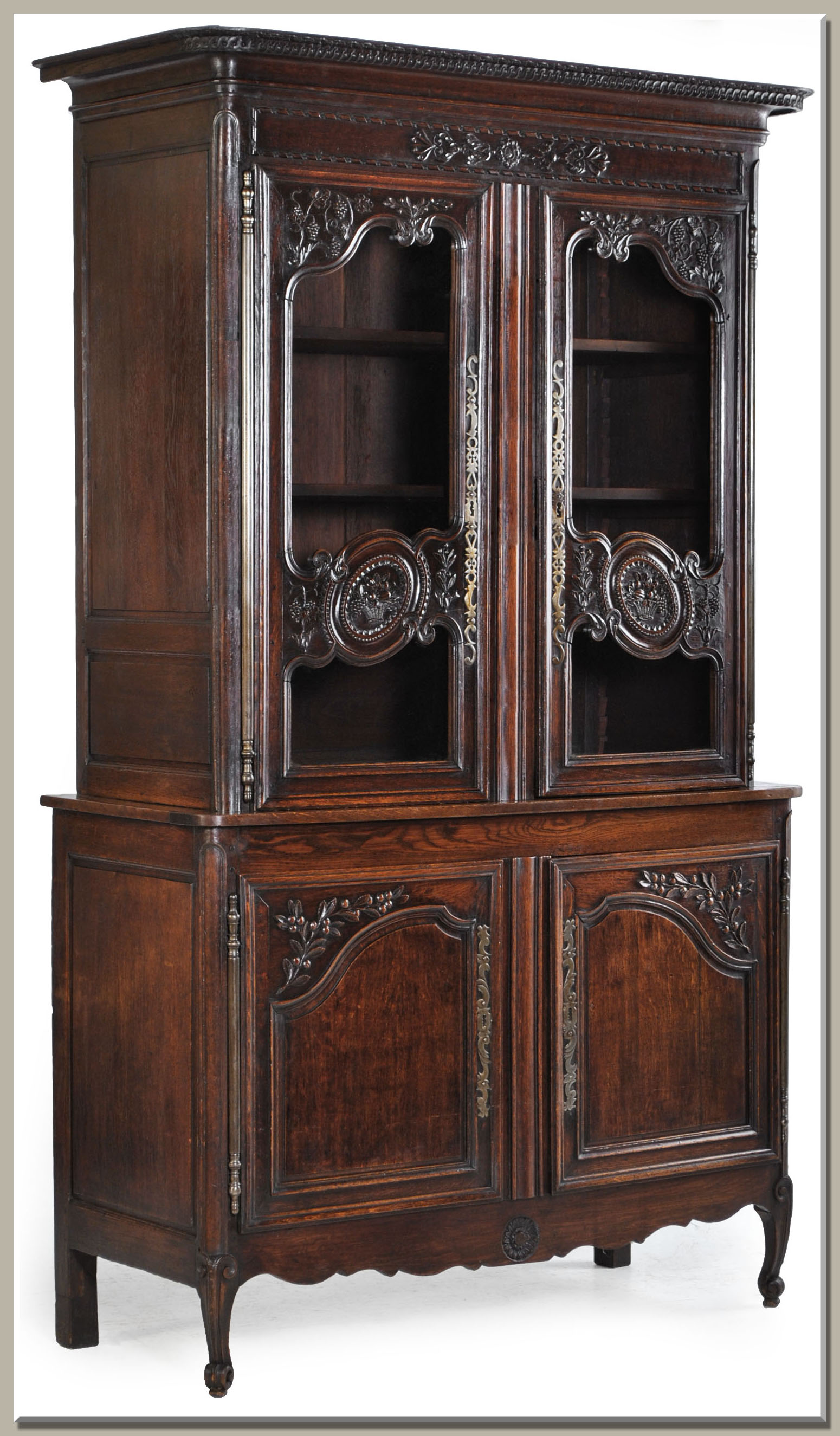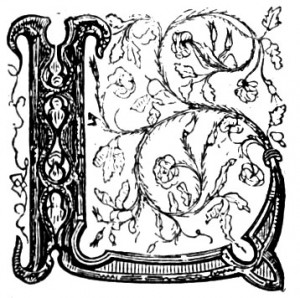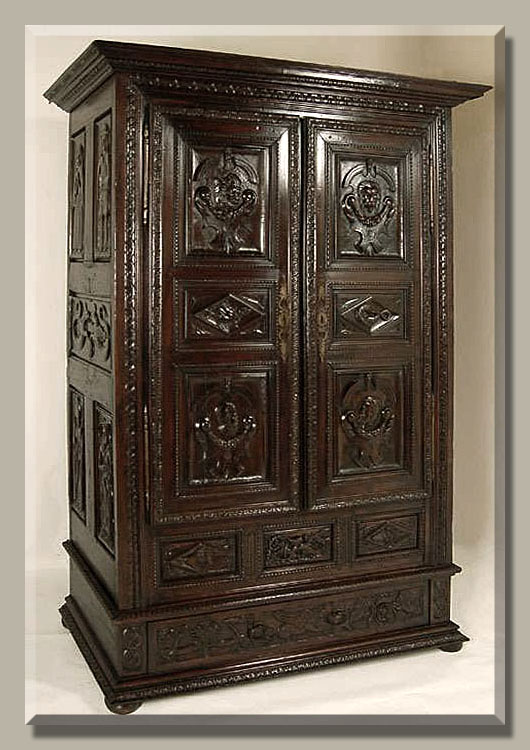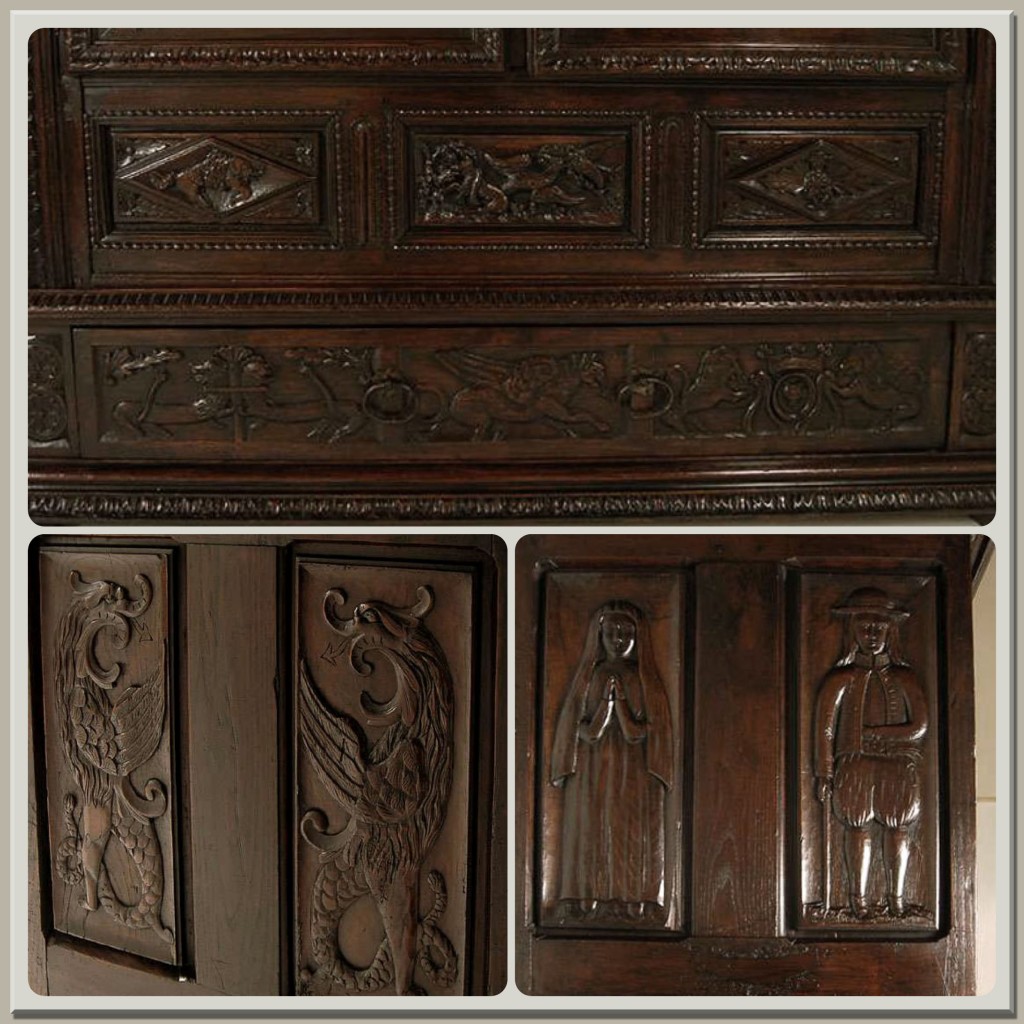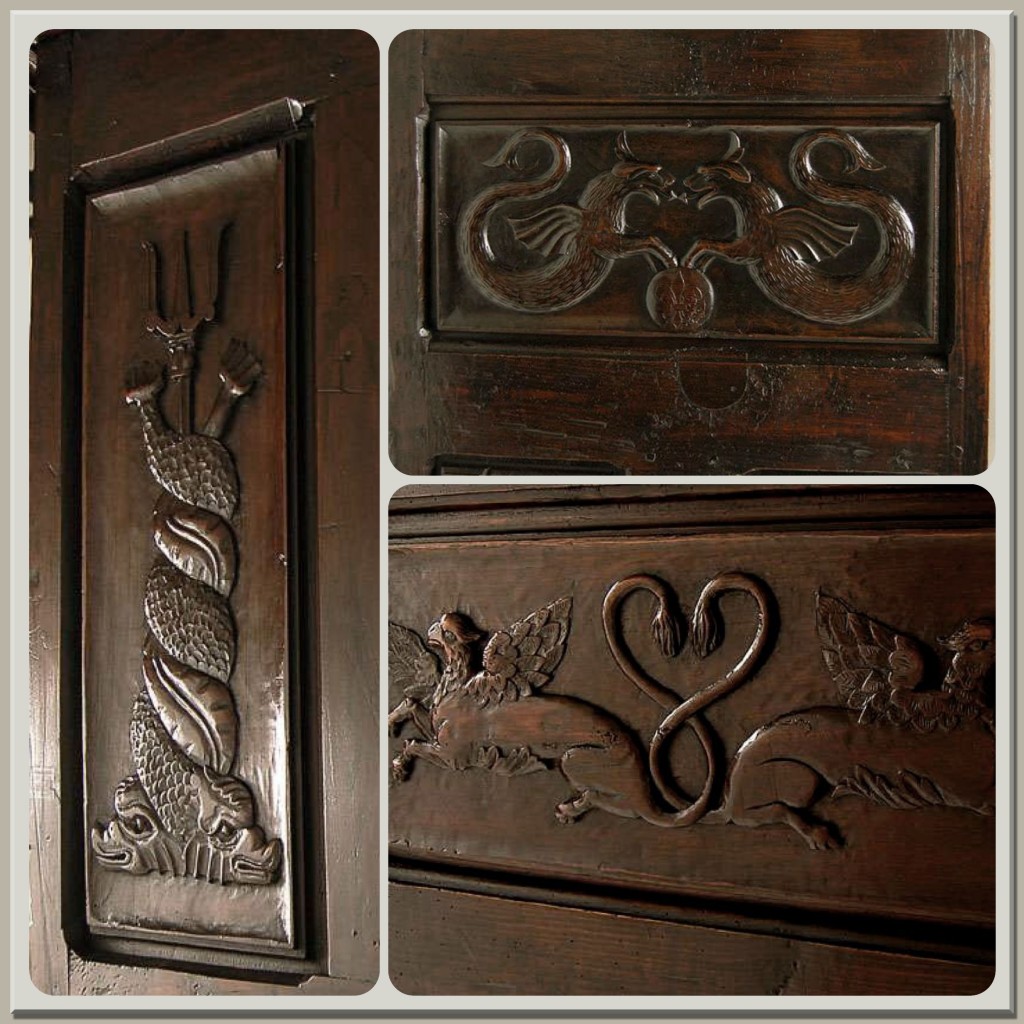 An antique French fauteuil such as this one is a typical example of the French love affair with the armchair. The fauteuil is a unique term in the French antique furniture lexicon. The word is derived from the Old French Fauldsteul, which originally referred to a folding-stool, similar to the Roman curule chair, or the early Italian dagobert folding chair. The word fauteuil came into common use in France in the second half of the 17th century to denote an upholstered chair with open arms and a wooden frame which could be carved or unadorned. The back of the chair was left flat (a la reine) and the legs sometimes curved (en cabriole) ~ just like this stunning pair. There is no equivalent translation in English and the only applicable term is an “armchair” which, compared to the French terminology is comparatively vague.
An antique French fauteuil such as this one is a typical example of the French love affair with the armchair. The fauteuil is a unique term in the French antique furniture lexicon. The word is derived from the Old French Fauldsteul, which originally referred to a folding-stool, similar to the Roman curule chair, or the early Italian dagobert folding chair. The word fauteuil came into common use in France in the second half of the 17th century to denote an upholstered chair with open arms and a wooden frame which could be carved or unadorned. The back of the chair was left flat (a la reine) and the legs sometimes curved (en cabriole) ~ just like this stunning pair. There is no equivalent translation in English and the only applicable term is an “armchair” which, compared to the French terminology is comparatively vague.

Handcrafted from solid fruitwood in the manner of Louis XV, this pair of armchairs will lend an elegance that cannot be compared! The elegant lines of rococo frames rest gracefully on cabriole legs in perfect proportion. The original petit point tapestry upholstery features a splendid floral bouquet with foliates on each seat, with a courtier on one seatback and a lady of the court on the other depicted in vibrant colors with elaborate borders. Subtle hand-carved accents include shell & acanthus plume detailing. Circa 1860s.
Fauteuils were usually covered in tapestry as in the case of this lovely example which boasts its original 19th century petit point tapestry.
Petit point ~ an embroidery technique in which the pattern is made up of short stitches ~ originated in France during the 17th century. It became highly popular during the Louis XV and Louis XVI periods as a preferred upholstery material. The difference between regular needle point and petit point is that with petit point only one thread is used per pass, clustered with very tight patterns of eighteen or more stitches per inch. Needlepoint has a much looser double thread pattern, called gros point by the French. The petit point tapestries achieve superb and delicate detail and can be employed with great artistry in the depictions of scenery or a subject that is particularly meticulous in its execution. Petit point can be compared very favorably to painting with attention to shadows, light and perspective.
A resurgence of this incredible art transpired in middle of 19th century and remained popular throughout the early 20th century.




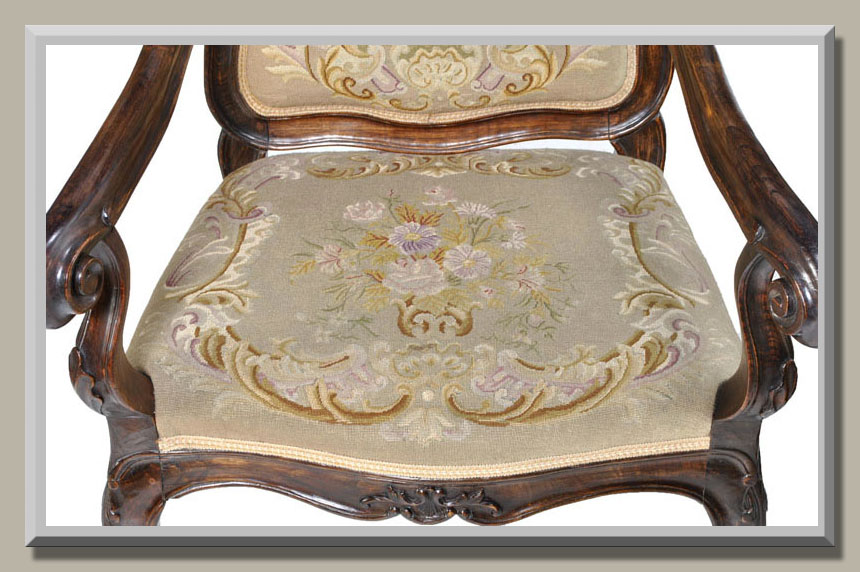
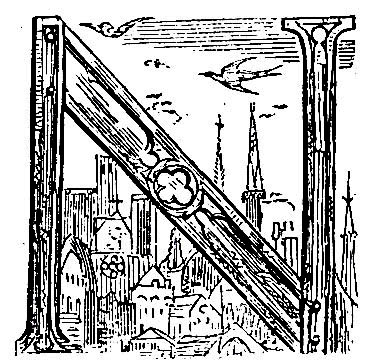 N
N